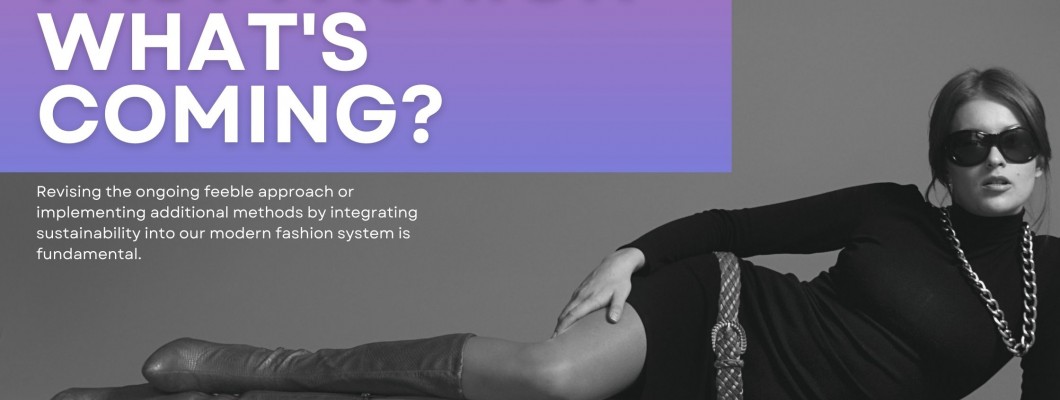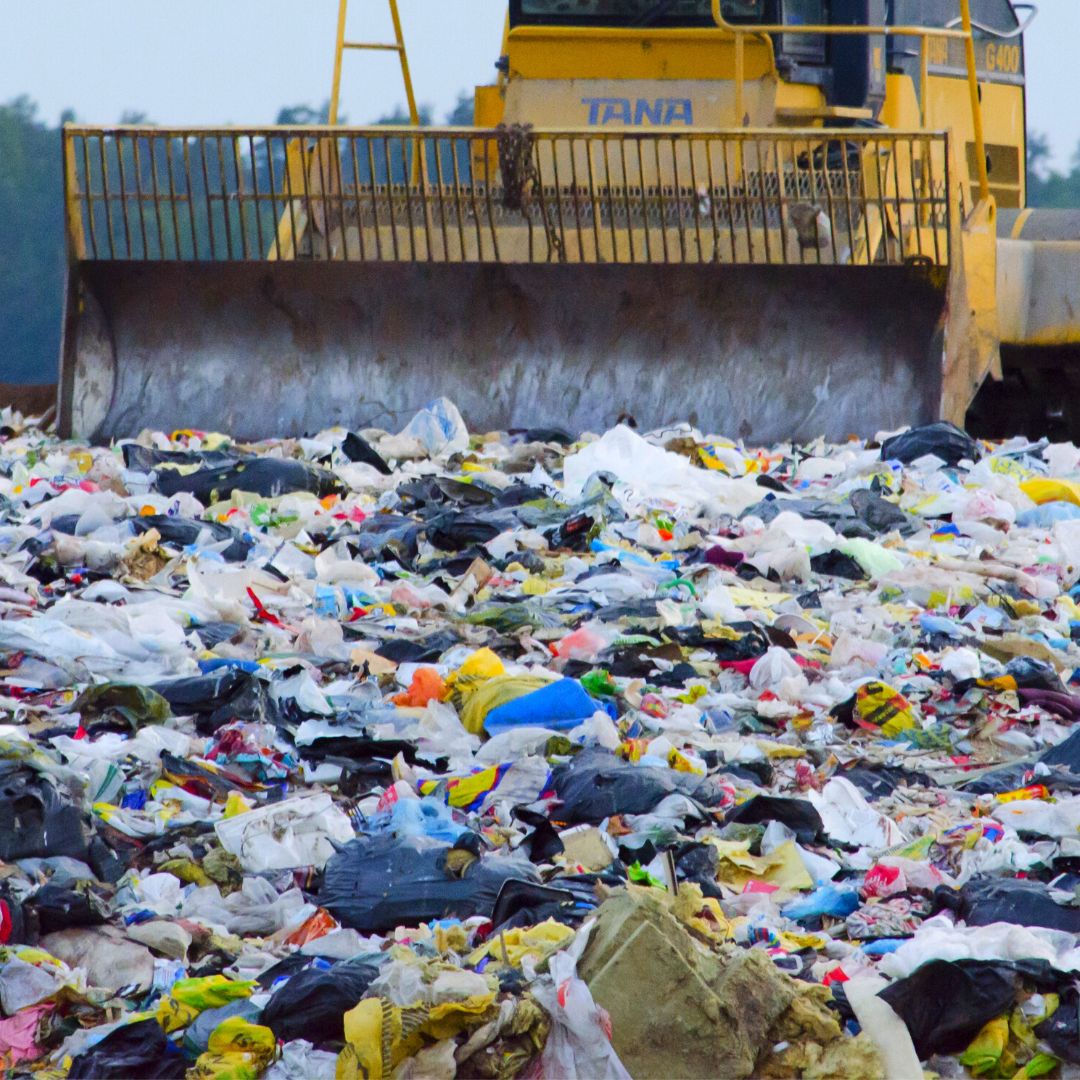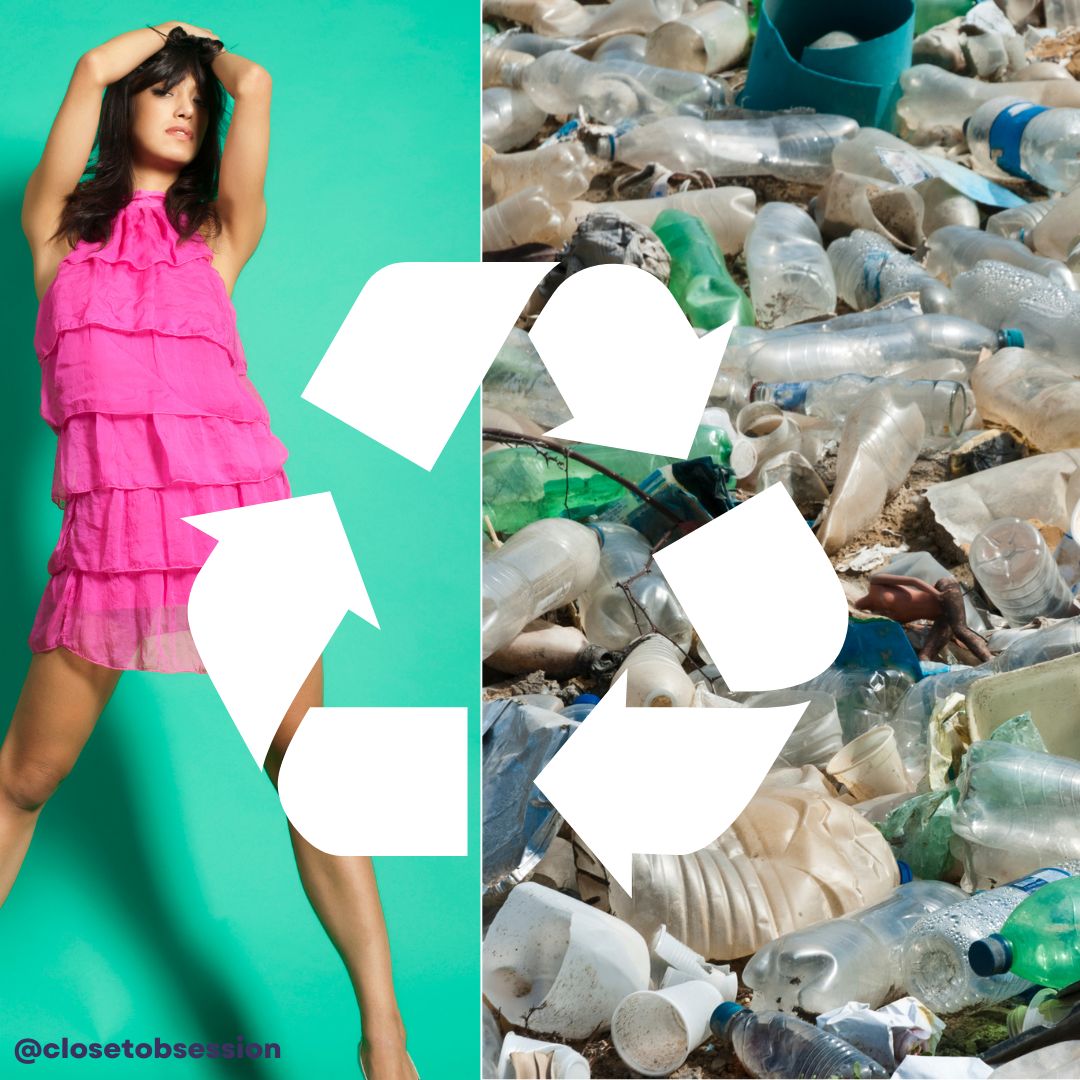
Fast Fashion - What Changes Are Coming?
Fast fashion is known for its ability to promptly replicate and mass produce the newest runway styles. Rotating up-to-date fashion through our closets each season is affordable because of the fast fashion industry. Wearing clothing that mimics designer brands without paying luxury brand prices encourages us as a society to update our wardrobes more often. It has become common practice to add the latest colors, prints, and styles to our closets as new trends arrive, discarding outdated garments while they are still in good condition. The industry’s need for speed trumps its desire for durability. It sacrifices quality to provide a lower price, which is the ultimate goal. A garment’s useful life will most likely outlast the duration of a trend, therefore, the consumer won’t think twice about purchasing less durable clothing.

In 2007 Dr. Kate Fletcher coined the term ‘slow fashion’ when she made a comparison to the ‘slow food movement’ which cohabitates food and pleasure with awareness and responsibility. Politicians, retail businesses, and consumers are becoming more aware that our love for cheap clothing comes at a cost, and our environment is paying for it. The rapid production of fast fashion is partly due to the enormous demand consumers create. In order for the industry to keep up with demand, they overproduce trendy clothing with fabrics that are not easy to repurpose and ultimately end up adding to waste and pollution.

There has been a rise in upcycling, repurposing, and reusing clothing, which is what the general public has control over pertaining to the sustainability of fashion. Consumers are in control of which businesses they support, and eco-conscious shoppers have been turning to brands with ethical values towards the environment. The transparency of a fashion brand is becoming more important. People want to know that the companies they support are trustworthy and ethical. Good On You is a website devoted to teaching consumers about the impact of fashion. They have a rating system comparing the efforts that brands are putting toward sustainability.
Retailers know that consumers have been gravitating towards companies with sustainable values. Fashion companies are partnering with companies like I: CO, whose motto is to ‘build textile circularity’ by recycling or reusing textiles. A pyramidal evaluation tool called waste hierarchy is used to route used textiles efficiently onto the most environmentally friendly path in order to avoid unnecessary landfill waste.
Other fashion companies are beginning to restructure their businesses and partnering with companies like Trove to incorporate a recommerce option. Brand-recommerce is when a brand recovers its own second-hand clothing and resells them at a lower price. Offering a credit or discount toward your next purchase in exchange for an acceptable trade-in is a pretty smart business approach. Let's walk through this:
The company originally sells the product making a profit
The company recovers this product by offering a credit (the same way a consignment shop would do), which entices you to shop
The company resells the item for the second time making a profit twice from one single product
Circular fashion was first phrased in 2014 by Dr. Brismar (owner of Green Strategy). She used 16 principles in total to give an in-depth explanation of circular fashion. Most of these are relevant for those who produce clothing pertaining to the beginning of a clothing item’s life cycle. (reference - Brismar, Anna. 2017. What is Circular Fashion? Accessed via:https://greenstrategy.se/circular-fashion-definition/. Accessed on [6-7-2019]). The industry’s response to the environmental damage that they created is surprising. Both of the solutions presented previously are not applicable to the beginning of the lifecycle of a garment which is where the most damage is being created. Offering a solution to a problem while simultaneously continuing to create it is unhelpful. Extending the lifetime of a garment through secondhand use is a solution for post-consumer waste. Adding a recommerce option is only another way to recirculate used clothing and this already exists in the form of secondhand clothing stores, thrift stores, consignment stores, online platforms, etc. The secondhand clothing market has been cleaning up after the fast fashion industry for years.
“At the end of the day, we produce 100 billion items every year for 7 billion human beings. When you look at all of that, some 80 percent of it either gets buried or burned. There’s nowhere for it to go. So, re-commerce is an essential part of the future. It’s absolutely part of the solution.”
Agreed. It is a PART of the solution. A part of the solution that is already being implemented.
There are many environmental reasons that fast fashion should be pumping the breaks and searching for strategies to fix the problem at the root. There has been a significant impact on our water, soil, and greenhouse gas emissions.

Synthetic textiles are not biodegradable, and when they are sent to landfills depending on the fabric, can take between 30-200 years to fully disintegrate. Polyester is commonly used in fashion and marketed as sweat wicking, making it desirable for use in activewear. Its global impact gets a bad rap because of its fossil fuel use and biodegradability. It does take longer to dispose of, but its contribution to water pollution is not as high as other materials. Companies like RENU and REPREVE are recycling materials such as plastic bottles to create fibers that can be used by fashion companies to make clothing. They claim that this is more environmentally healthy compared to the way “virgin fibers” are made.
Modern capabilities allow for the prediction of our environment’s potential destiny. Slow fashion is proactively attempting to alleviate the future of the current environmental forecast before it becomes a reality. Revising the ongoing feeble approach or implementing additional methods by integrating sustainability into our modern fashion system is fundamental. Slow fashion is a compilation of harmonized strategies aimed toward a more eco-friendly future for fashion.













Leave a Comment